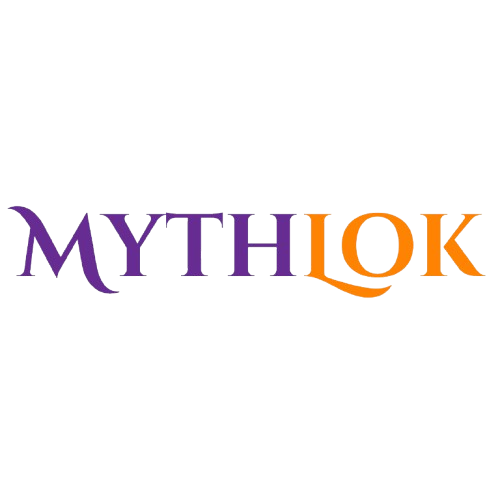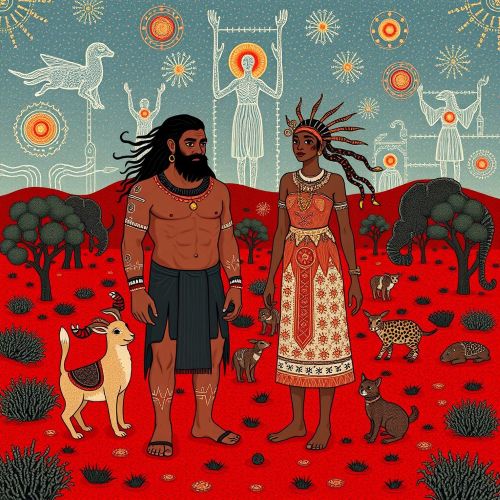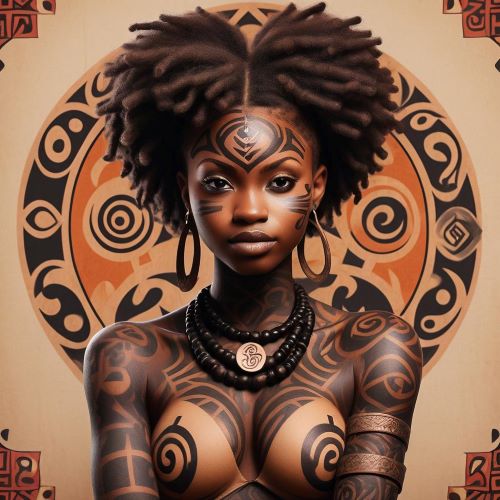Aboriginal Art and the Sacred Symbols of Mythology
Australia’s vast landscapes are home to one of the oldest continuous cultures in the world—Aboriginal culture. For tens of thousands of years, Aboriginal peoples have used rock surfaces as canvases to express their spiritual beliefs, record their histories, and pass down myths through generations. Aboriginal art, especially rock art, is not just a form of creative expression but a profound tool for storytelling and preserving sacred knowledge.
In this article, we delve into the symbolism and storytelling behind Aboriginal rock art and explore how these ancient artworks form a visual language that brings Aboriginal mythology to life.
The Sacred Canvas of the Dreamtime
Central to Aboriginal mythology is the concept of the Dreamtime or Dreaming—a spiritual belief system that explains the origins of the world, the creation of life, and the laws of existence. Aboriginal art is deeply intertwined with these beliefs. Every painting, engraving, and drawing found in rock shelters across Australia is infused with meaning that connects the physical world to the spiritual one.
The Dreamtime stories are not static; they are living, breathing narratives that are passed orally and visually through generations. Rock art serves as both a teaching tool and a memory aid, helping elders communicate complex cosmologies and ancestral events to the younger generations.
Common Themes in Aboriginal Rock Art
Aboriginal rock art can be broadly divided into two types: pictographs (painted or drawn) and petroglyphs (engraved or carved). Each region in Australia showcases its own distinct styles, yet many share common mythological motifs. Some of the most frequently depicted themes include:
-
Ancestral Beings: These are supernatural figures who created the land, people, and customs. The Rainbow Serpent, for example, is one of the most revered entities in Aboriginal mythology and often appears as a winding snake-like figure in rock art.
-
Creation Stories: Stories of how rivers, mountains, animals, and other natural features came into existence are commonly depicted using symbols and figures representing these elements.
-
Totemic Animals: Kangaroos, emus, turtles, and goannas often appear in rock art, symbolizing totems or spiritual ancestors linked to a clan or group.
-
Ceremonial Symbols: Circles, concentric rings, u-shapes, and tracks can indicate waterholes, campsites, people, or paths taken by ancestral spirits. These symbols offer layered meanings, depending on the viewer’s initiation level.
These visual elements are not mere decorations—they are sacred blueprints of the cosmos, teaching tools for cultural survival, and encoded mythologies.
The Symbolic Language of Aboriginal Art
Unlike Western art, where representation often leans toward realism, Aboriginal art utilizes a symbolic language. For example:
-
A circle may represent a campfire, waterhole, or meeting place.
-
Parallel lines might signify journey paths or travel routes.
-
Dots, used extensively in some regions like the Central Desert, can veil sacred knowledge while still telling a story to those with the right cultural understanding.
Each symbol can hold multiple meanings based on context, geography, and audience. Elders may interpret the same artwork differently depending on who is viewing it—be it children, other clan members, or outsiders.
Layers of Meaning and Initiation
Aboriginal rock art often contains multiple layers of meaning. To the untrained eye, it may appear abstract or decorative. However, to Aboriginal peoples, each painting or carving is a doorway into spiritual and historical dimensions. Understanding these layers often requires initiation—a process of learning and spiritual growth guided by elders.
Initiated individuals gain deeper insights into the sacred meanings behind symbols and stories. This protects secret knowledge from being misused while preserving cultural integrity. In this way, Aboriginal art acts as both a record and a filter—inviting curiosity while safeguarding wisdom.
Sites of Cultural and Spiritual Significance
Rock art sites such as Kakadu National Park, Uluru, and the Kimberley region are more than archaeological treasures—they are living spiritual landscapes. Many sites are still used today in ceremonies, and access to them may be restricted to certain groups or times.
For instance, the Gwion Gwion (Bradshaw) figures in Western Australia depict slender, highly decorated human forms thought to represent spirit beings or ancestors. In Arnhem Land, the X-ray art style shows internal organs of animals and humans, reflecting a deep understanding of life and the spiritual essence within.
Modern Appreciation and Cultural Revival
In recent decades, Aboriginal communities and scholars have worked to preserve, interpret, and protect these ancient expressions. Advances in dating techniques have shown that some rock art is over 40,000 years old, making it among the oldest known art on Earth.
Today, Aboriginal art has gained international recognition, yet it’s crucial to view it through a cultural and spiritual lens, not just as aesthetic decoration. Many contemporary Aboriginal artists draw inspiration from traditional rock art, keeping ancestral stories alive in modern media.
Conclusion
Aboriginal rock art stands as a testament to a culture that has survived and thrived for tens of thousands of years. Each engraving and painting is more than art—it is a sacred narrative, a teaching device, and a cultural map encoded in stone. These visual masterpieces bridge past and present, inviting us to see the world through the eyes of Australia’s First Peoples.
For those seeking to understand the depth and spirituality of Aboriginal art, the journey begins not with the eyes, but with the heart—and a willingness to listen to the stories whispered through stone.
No posts were found.









